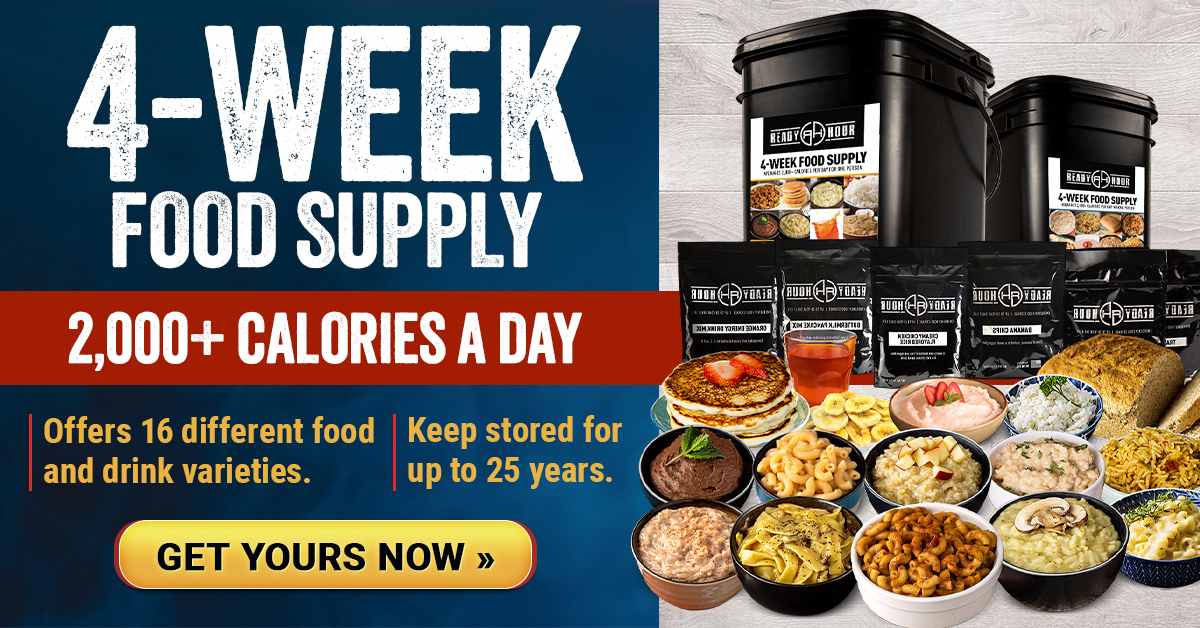(End of the American Dream)—The tremendous suffering that we are seeing all over the world right now is only just the beginning. As I have documented repeatedly, we are in the midst of the worst global food crisis in modern history, and we haven’t seen this many countries engaged in military conflict since World War II. In other words, this is a time of famine, and it is a time of war. This represents a major problem for those that believe that humans are intrinsically good and that humanity is moving into a new golden era of peace and prosperity. If humans are intrinsically good, why is there so much evil all around us? Of course the truth is that the evil that we see all around is the product of the evil in human hearts. Humanity is the reason why there is so much war, so much famine, so much greed, so much corruption, and so much suffering.
While billionaires in the western world live the high life, vast hordes of people on the other side of the planet are literally starving to death.
In Sudan, right now more than 25 million people “are facing high levels of acute food insecurity”…
In addition to the threat of violence, the Integrated Food Security Phase Classification reported that 25.6 million people in Sudan are facing high levels of acute food insecurity, and 8.5 million people are facing emergency food shortages. The IPC also warned about the risk of famine across 14 areas, impacting residents and refugees in areas like Greater Darfur and Greater Kordofan.
There have been some nightmarish famines in Sudan before, but this is the worst.
The CEO of World Vision, Edgar Sandoval, says that people in Sudan are literally fighting over anthills because it is the only source of food available in some cases…
Sandoval also met another mother and her son, who weighed only 26 pounds. He said his heart broke as the mother wept, telling Sandoval that people in her community are fighting each other over anthills because they’re so hungry. She said they’ll eat the millets stored there by the ants.
“And they’re fighting for that as the only source of food,” Sandoval said. “I think that speaks to the level of desperation that the Sudanese people are facing. It’s the situation that children and moms in particular are facing.”
Can you imagine what it would be like to be that hungry?
And can you imagine what it would be like to watch your own children beg for food?
It is being reported that 730,000 children in Sudan are at “imminent risk of dying”…
In June, the United Nations Children’s Fund announced that nearly 9 million children in Sudan face acute food insecurity and access to safe drinking water. More than 3,800 children have been killed since the fighting escalated in April 2023, and almost 4 million children under the age of 5 are suffering from acute malnutrition, with 730,000 projected to be at an “imminent risk of dying.”
When I try to explain what is happening in Sudan to clueless people here in the western world, they look at me like I am from outer space.
Many of them have never heard about the hordes of people starving on the other side of the planet because the mainstream media is absolutely obsessed with talking about Donald Trump and Joe Biden.
But this is really happening.
As I discussed in a previous article, the U.S. ambassador to the United Nations is warning that over 2.5 million people could starve to death in Darfur and Kordofan alone by the end of September…
The Ethiopian famine killed a million people between 1983 and 1985, according to UN estimates. Thomas-Greenfield said that in a worst-case scenario, a famine in Sudan could become even more lethal.
“We’ve seen mortality projections estimating that in excess of 2.5 million people, about 15% of the population in Darfur and Kordofan – the hardest hit regions – could die by the end of September,” the ambassador said.
“This is the largest humanitarian crisis on the face of the planet. And yet, somehow, it threatens to get worse,” she added.
Meanwhile, military conflicts all over the world just continue to intensify.
The Russians continue to gain ground in several areas of eastern Ukraine, and this is making a number of Ukraine’s neighbors very nervous.
In fact, the head of the Polish military just stated that his forces need to prepare for “full-scale conflict”…
Poland needs to prepare its soldiers for all-out conflict, its armed forces chief of staff said on Wednesday, as the country boosts the number of troops on its border with Russia and Belarus.
Poland’s relations with Russia and its ally Belarus have deteriorated sharply since Moscow sent tens of thousands of troops into neighboring Ukraine on Feb. 24, 2022, starting a war that is still being fought.
“Today, we need to prepare our forces for full-scale conflict, not an asymmetric-type conflict,” army chief of staff General Wieslaw Kukula told a press conference.
Of course Poland is a member of NATO, and so if Poland ends up fighting Russia we will be fighting Russia too.
This week, Chinese forces are engaged in very alarming military exercises that are taking place just miles from the Polish border…
Belarus and China kicked off 11-day joint military training exercises Monday, Belarus’ defense ministry said – with activities taking place just miles from the border of Poland, a NATO and European Union member.
The joint anti-terrorist training “Attacking Falcon” exercises in Belarus would see military personnel from both countries “act together” as one unit in certain stages, Maj. Gen. Vadim Denisenko of the Belarusian military said in a Telegram post.
I think that Chinese forces are there to ward off a potential invasion of Belarus.
Ukraine has been building up large numbers of troops and vast quantities of equipment near the border with Belarus for quite some time, and there had been fears that Ukraine may try to do something really stupid. In fact, officials in Belarus were so concerned that they were publicly warning that they would use tactical nuclear weapons if they were invaded.
Meanwhile, NATO has started delivering F-16 fighter jets to Ukraine…
NATO allies on Wednesday announced they had started transferring F-16 jets to Ukraine and stepped up promises to Kyiv on eventual membership in the alliance at a 75th anniversary summit clouded by political uncertainties in the United States.
In response, Russia has been bombing the daylights out of the airfields where those F-16 fighter jets were supposed to be based.
I really wish that leaders on both sides would sit down and try to find a peaceful way out of this mess.
But that isn’t going to happen.
In the Middle East, western powers are desperately trying to avert a full-blown war between Israel and Hezbollah…
Israel and the Lebanon-based Hezbollah militant group have been exchanging near-daily fire along the Israel-Lebanon border since Oct. 8. The US and France are attempting to broker a diplomatic solution that would end the fighting. Should those negotiations fail, Israeli officials anticipate a full-blown war with the Iran-backed militia.
Sadly, I am entirely convinced that such a full-blown war could be just months away.
This war in the Middle East is still only in the early stages, and the utter carnage that we will eventually witness will shock the entire world.
We really are living in a time of “wars and rumors of wars”, and famines will intensify as global conflict spreads.
So no, a new golden era of peace and prosperity is not on the way.
Instead, our future will be filled with war, famine and a tremendous amount of pain.
Michael’s new book entitled “Chaos” is available in paperback and for the Kindle on Amazon.com, and you can subscribe to his Substack newsletter at michaeltsnyder.substack.com.






